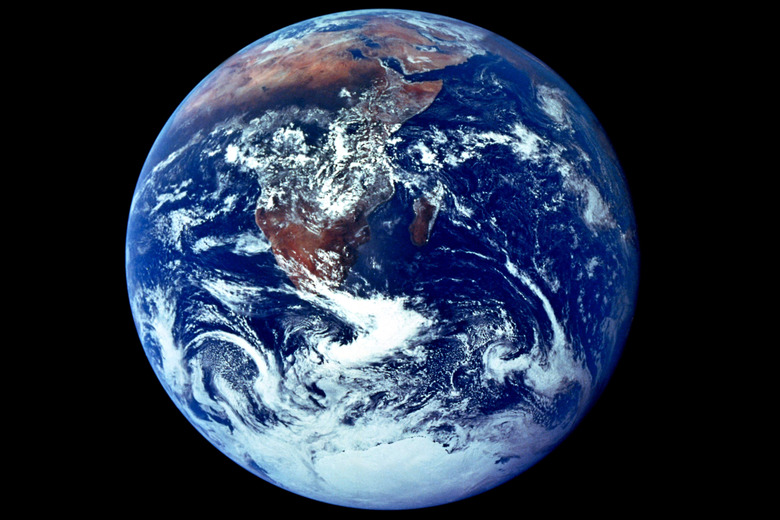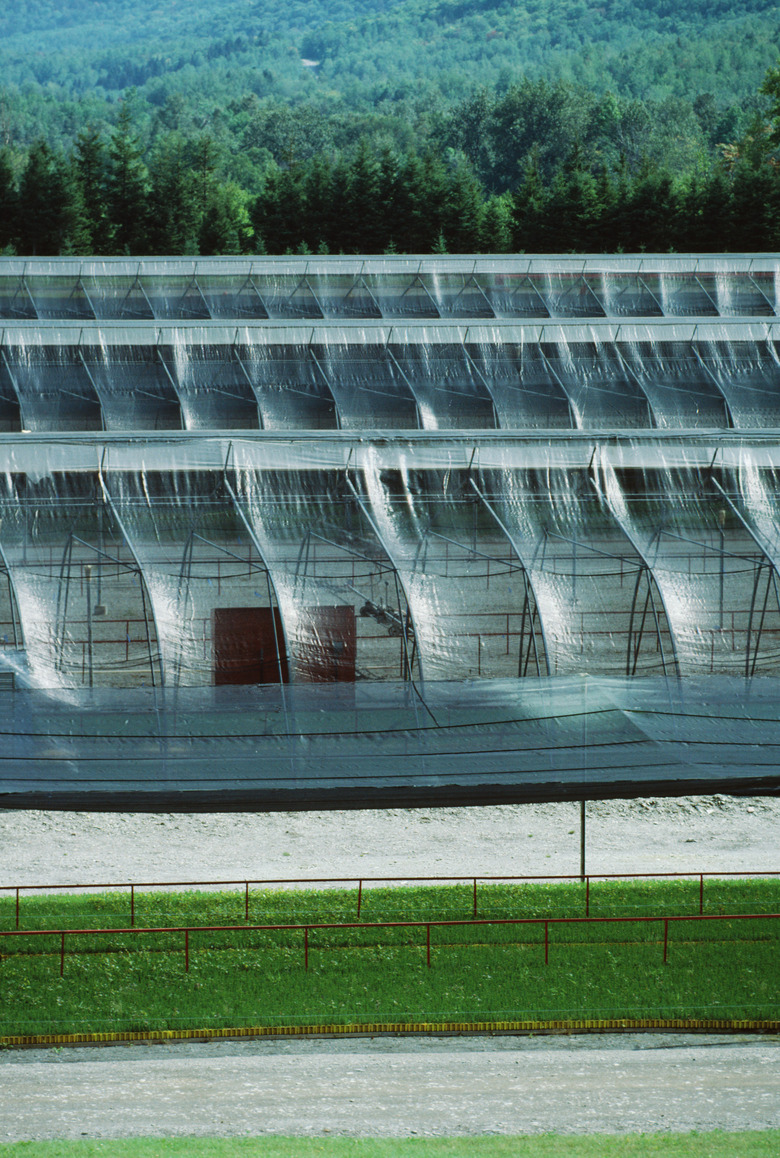Earth Atmosphere Facts
All around and reaching up to thousands of kilometers above the surface of the Earth extends an invisible layer that makes life on this planet possible. The atmosphere that living things enjoy resulted from Earth's position as the third planet from the sun, combined with billions of years of gas accumulation.
The gases in our atmosphere make up the air that organisms breathe, all the weather that happens in every corner of the globe and the protective layer that keeps the sun's rays from damaging life.
Gases in Our Atmosphere: Composition
Gases in Our Atmosphere: Composition
Nitrogen and oxygen molecules make up approximately 99 percent of the gases in our atmosphere. The gas argon is the next most abundant element at almost 1 percent of the total atmosphere. Water in its gaseous form also exists in the atmosphere. Traces of carbon dioxide, methane and other gases, and microscopic molecules such as sea salt and silicate dust also take up space in Earth's atmosphere.
In Earth's past, oxygen was in short supply while other gases such as hydrogen and helium had been more abundant, although they now occur only in trace amounts.
Five Layers of the Atmosphere
Five Layers of the Atmosphere
Of the five layers of the atmosphere, the closest layer to the Earth's surface is the troposphere. It reaches to almost 20 kilometers (about 13 miles) above the planet's surface and contains about 75 percent of the mass of the entire atmosphere.
The next layer, the stratosphere, extends from the upper boundary of the troposphere to 50 kilometers (about 31 miles) into the atmosphere and contains the ozone layer that protects Earth's inhabitants from the sun's harmful rays.
The coldest part of the atmosphere is the mesosphere, where temperatures can reach all the way down to negative 100 degrees Celsius (negative 148 degrees Fahrenheit). Meteors usually burn up in the mesosphere.
Next to this coldest layer lies the hottest layer of the atmosphere: the thermosphere. Temperatures here can reach to about 1,500 degrees Celsius (2,730 degrees Fahrenheit). The outermost of the five layers of the atmosphere is the exosphere. The exosphere contains minimal amounts of gases because Earth's gravity cannot hold on to these gases and surrenders them to outer space. Many artificial satellites orbit in this layer.
Atmosphere Facts on Weather
Atmosphere Facts on Weather
All the weather that happens on Earth occurs in the troposphere. Even the highest clouds do not often extend beyond this layer; clouds usually form and dissipate within the troposphere, although some clouds do reach into the stratosphere.
The sun heats the surface of the Earth, and this warm air, which carries water vapor with it, ascends higher into the troposphere. As the water vapor cools, clouds form. When the clouds can no longer hold water, precipitation in the form of rain, snow or hail falls to the Earth's surface.
Heating of the Planet
Heating of the Planet
If Earth did not have such a thick atmosphere, life would probably never have formed. The atmosphere closes around the planet, absorbing heat from the sun. Scientists compare this warming effect to that of a greenhouse. Sunlight can penetrate the atmosphere and warm up the ground and water, but some of the heat then reflects back toward space.
This heat, however, does not reach space but rather gets trapped by certain gases such as carbon dioxide and methane in the atmosphere. This process causes the Earth to remain at moderate temperatures.
The Ozone Layer
The Ozone Layer
The sun's rays give life to organisms on Earth, but the radiation emitted can also harm living things. The sun's ultraviolet, or UV, rays striking humans gives rise to skin cancers and cataracts, a condition in which the lenses of the eyes become opaque.
One of the most important atmosphere facts is about the special protective layer of ozone gas that exists mainly in the stratosphere keeps many of these UV rays from reaching organisms on Earth. When a UV ray comes in contact with a molecule called ozone, which consists of three oxygen atoms, an oxygen atom comes apart; this reaction absorbs the UV ray's energy. This ray can no longer harm organisms on the planet's surface.
References
- Columbia University: The Climate System-Early Earth and the Evolution of the Atmosphere
- The Encyclopedia of Earth: Atmospheric Composition
- Yale University-New Haven Teachers Institute: Earth's Changing Atmosphere
- National Aeronautic and Space Administration Jet Propulsion Lab: The Layers of Earth's Atmosphere
- University of Toronto Department of Physics: Methane and Carbon Monoxide in the Troposphere
- Idaho Museum of Natural History: Stability and Cloud Development
Cite This Article
MLA
Dinh, Ho-Diep. "Earth Atmosphere Facts" sciencing.com, https://www.sciencing.com/earth-atmosphere-4383/. 4 June 2019.
APA
Dinh, Ho-Diep. (2019, June 4). Earth Atmosphere Facts. sciencing.com. Retrieved from https://www.sciencing.com/earth-atmosphere-4383/
Chicago
Dinh, Ho-Diep. Earth Atmosphere Facts last modified March 24, 2022. https://www.sciencing.com/earth-atmosphere-4383/



